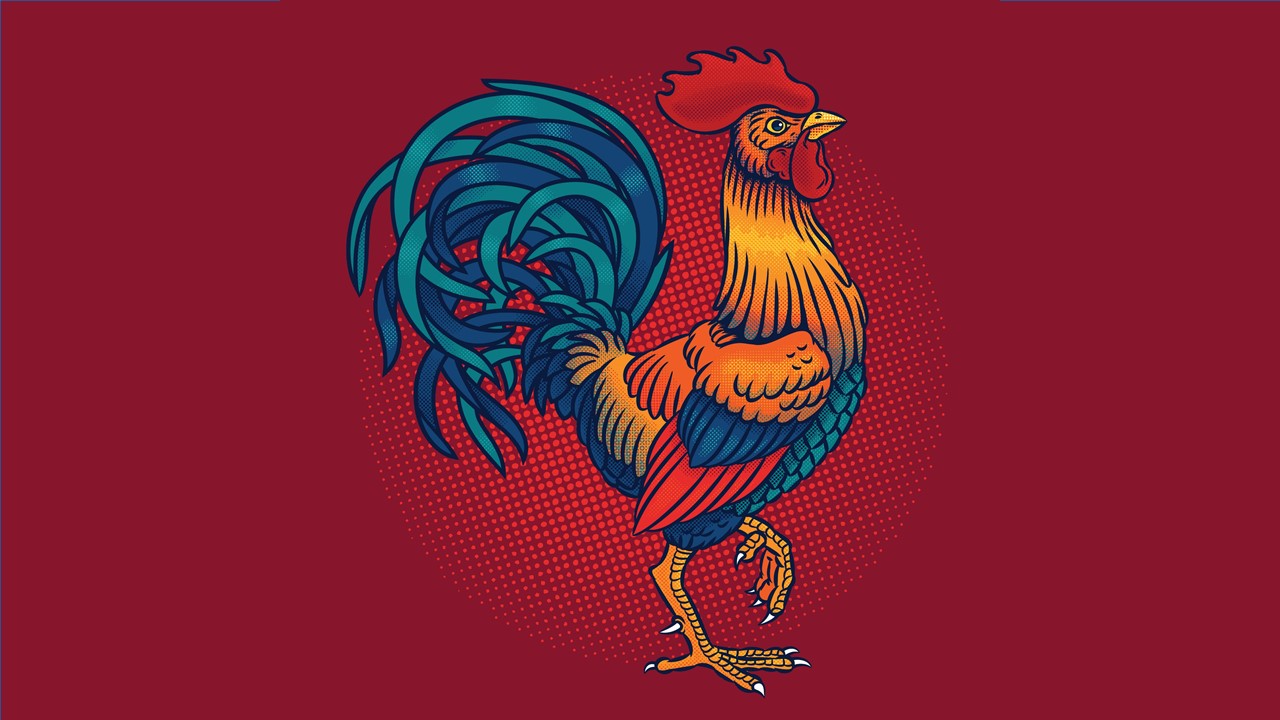If you want any designer to make a logo or any banner for your business then you will need a raster to vector service. Raster to vector conversion is used by digital artists for transforming images into vector graphics. It is a useful tool for creating logos, banners, and any kind of image that you need to scale up or down without losing its quality.
Vector conversion services are a popular means of image editing services. As the name suggests, vector graphics is a drawing made up of lines and curves that can be scaled without pixilation or loss of quality. Vector graphics are a vital part of any design process. It is necessary to grasp the differences between raster and vector arts. Because knowing when to use each can make or break your business.
So, this brings the following 4 questions:
- When should you use a vector image instead of a raster image?
The minimal file size and scalability of a vector design make it ideal for digital printing, from business cards to billboards.
They’re also employed in video lower thirds, web-based objects and computer animation rendering in 2D and 3D. Coin designs, laser engraving, t-shirts, patches, and other projects require their native files.
For digital photos and print products, raster images are the best option. Vector conversion services are the greatest choice if your project requires scalable forms and solid colors. Whereas raster is the preferred format if your project requires sophisticated color blends.
Using vector-based graphics includes the power to extend the dimensions of the graphic without pixilation. You can get better quality in printed materials, and robust exporting capabilities.
- What is a plus of employing a vector art compared to employing a bitmap image?
In comparison to bitmap graphics, vector images have a lot of advantages. The size of bitmap images is usually larger than that of vector ones. Because a bitmap image must hold color information for each individual pixel that makes up the image, this is the case.
- What are the vector conversion services provided by the photo editing services?
-
- Raster to vector conversion
- Bitmaps to vectors Conversion
- Vectorization of a logo
- Vector art Conversion
- Drawing of a custom vector illustration
- Conversion of logo vector
- Design of vector clip art
- What’s the drawback of using vector graphics?
The main downside of vector images is that they take a long time to create and require specialized skills. Photographs can’t be taken as vector images. It must be constructed by an artist and edited with software such as Adobe Illustrator. The vector images aren’t as cost-effective as raster images. So, many professional clipping path companies like Creative Clipping Path company provide these services.
This is because raster images are made up of pixel data, where each pixel is assigned its color value. Vector graphics are based on mathematical formulas to define shapes and curves, with no set number of pixels. It’s possible to raster vector conversion if you have the right tools. But it’s not an easy process for beginners.
Finally, it is your role as a visual communicator to put together the greatest, most professional products to send the correct message to the right audience. Understanding diverse file formats and channels is critical for effective communication. Raster pictures and vector graphics play various functions in design. So, it is critical that you understand when and when to utilize them.

